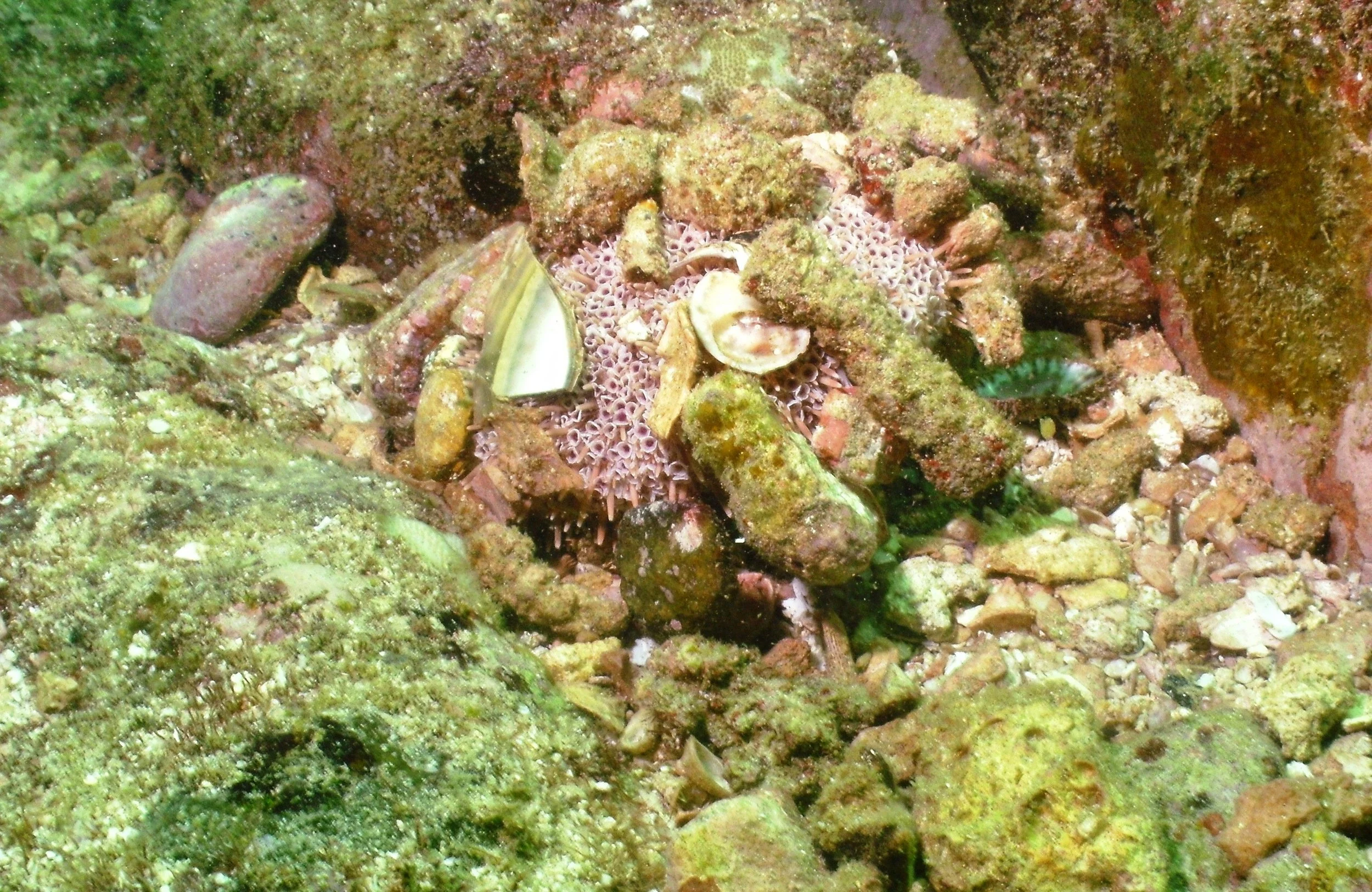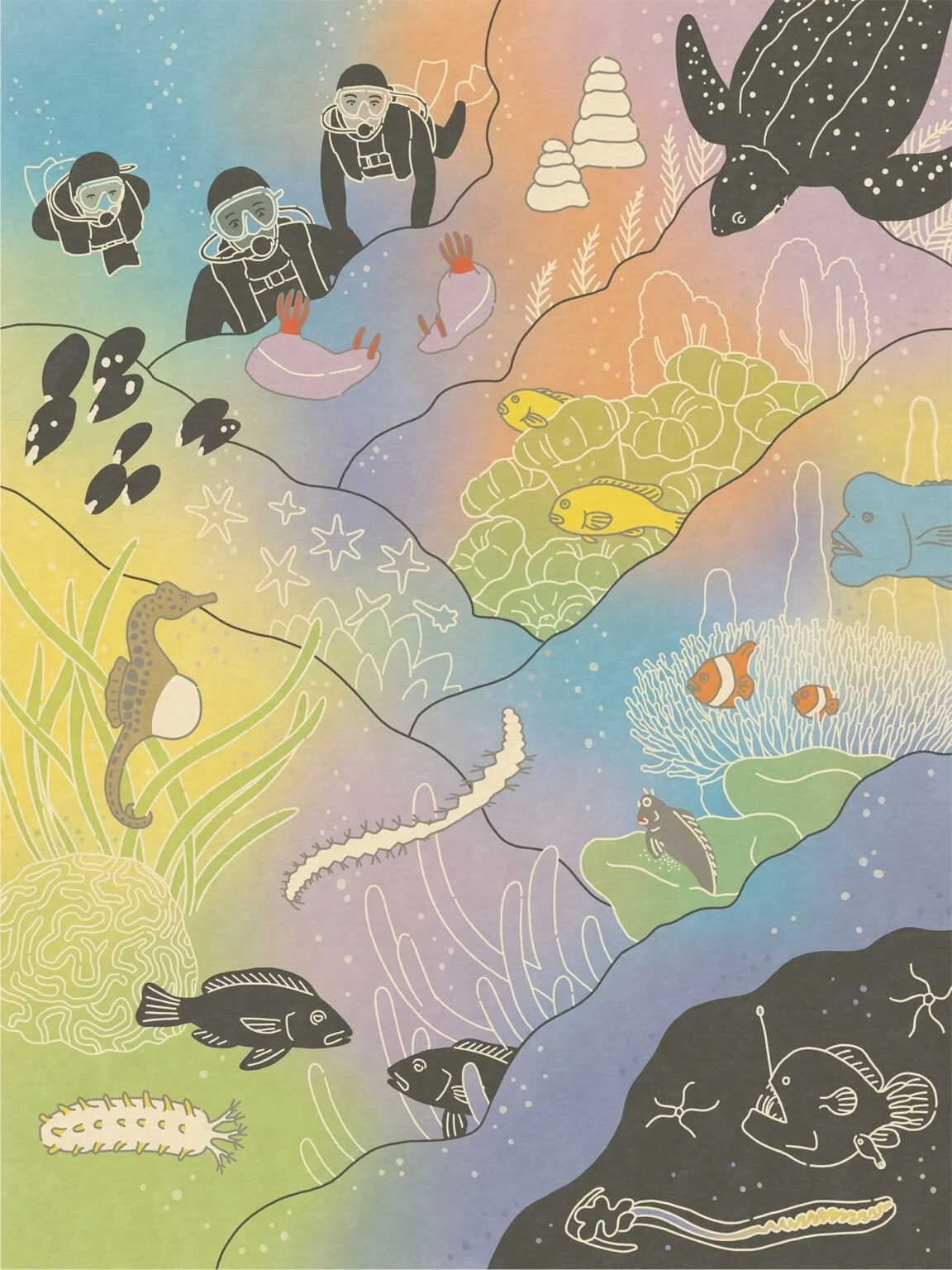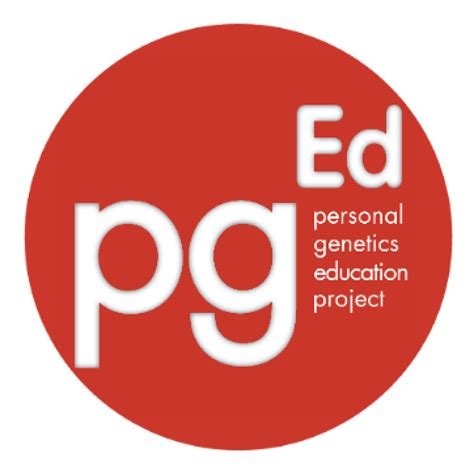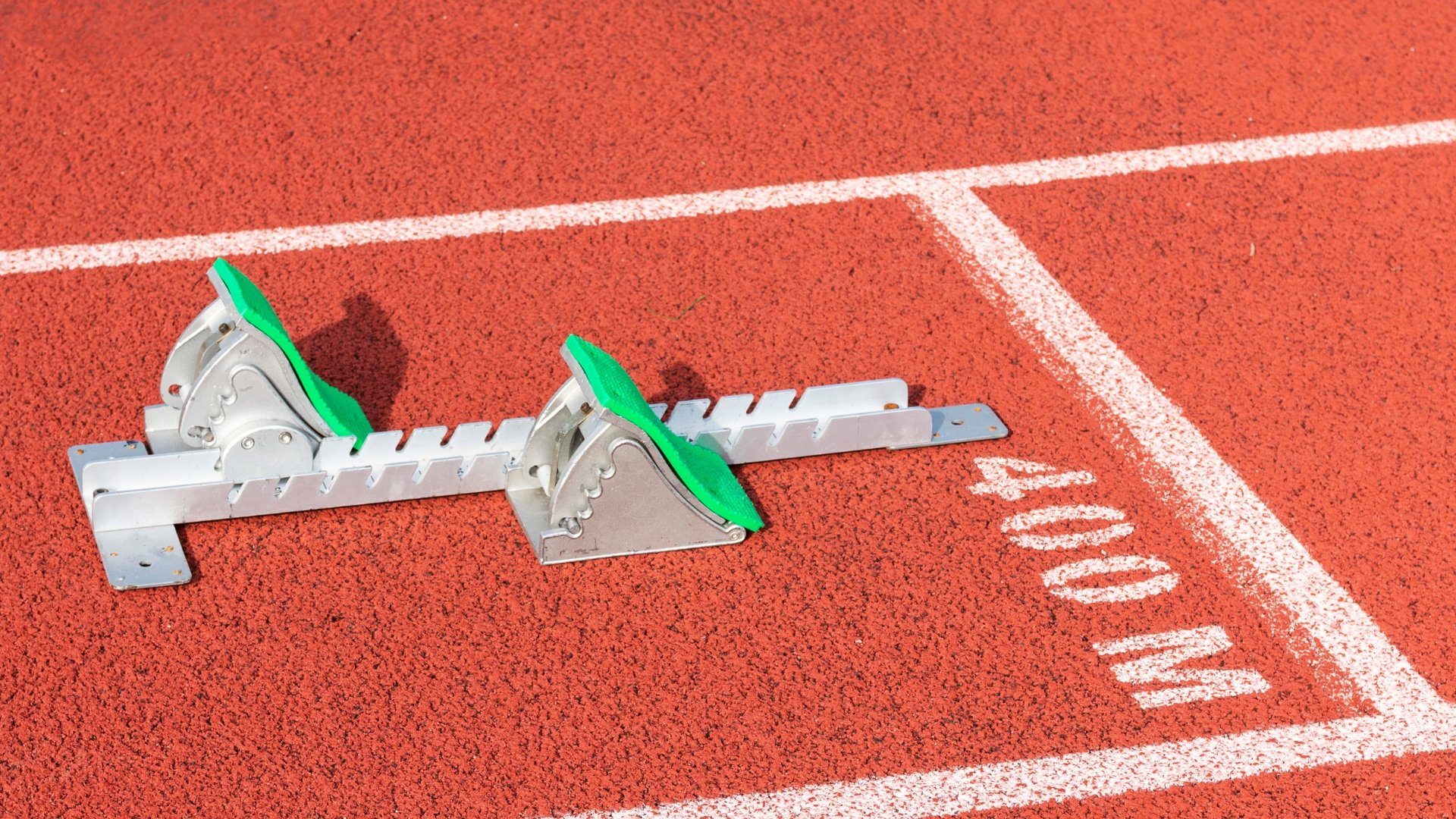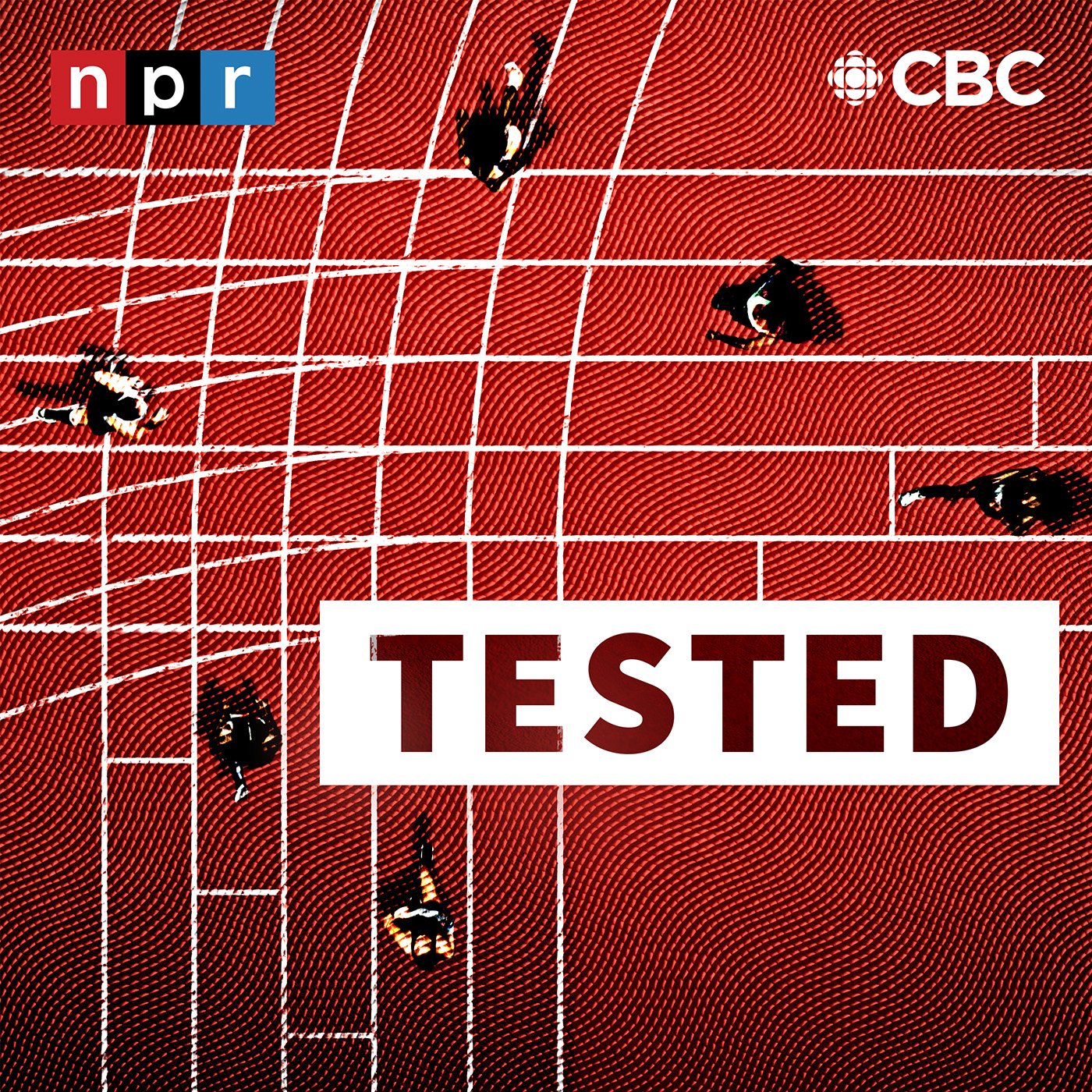Thank you for your interest in the Inclusive Biology Curriculum Research Project. I am Charlie Blake (they/them), an Assistant Research Professor at Southern Illinois University Edwardsville. I am leading a research study along with contributions and support from partners and advisors, including the folks at Gender Inclusive Biology (https://www.genderinclusivebiology.com/). I am currently recruiting high school life science teachers for the 2024-2025 school year. If you are able to participate, I would supply you with four activities (NGSS-aligned) that you would use whenever they fit into your teaching schedule. I would then invite your class to participate in some short pre- and post- surveys and invite a few students in each class to do interviews. The topic areas of the lesson materials are: Reproductive Life Cycles, Genetic Inheritance, Animal Bodies and Mating Behavior, and Sex Determination and Development. Even if you can’t do all the lesson topics you can still participate. A small stipend is available for all participating teachers!
“Inclusive Biology Curriculum Impacts on Students” IRB approved protocol #2171
If you would like to use the lesson plans but are unable to participate in the study, I will still share the activities with you, but I hope you will consider joining the study!
Google form to request the activities https://forms.gle/u5G6MbygvqunXH366
Thanks for all your help,
Charlie
Dr. Charlie Blake (they/them)
Assistant Research Professor
STEM Center for Research, Education, & Outreach
Southern Illinois University Edwardsville


